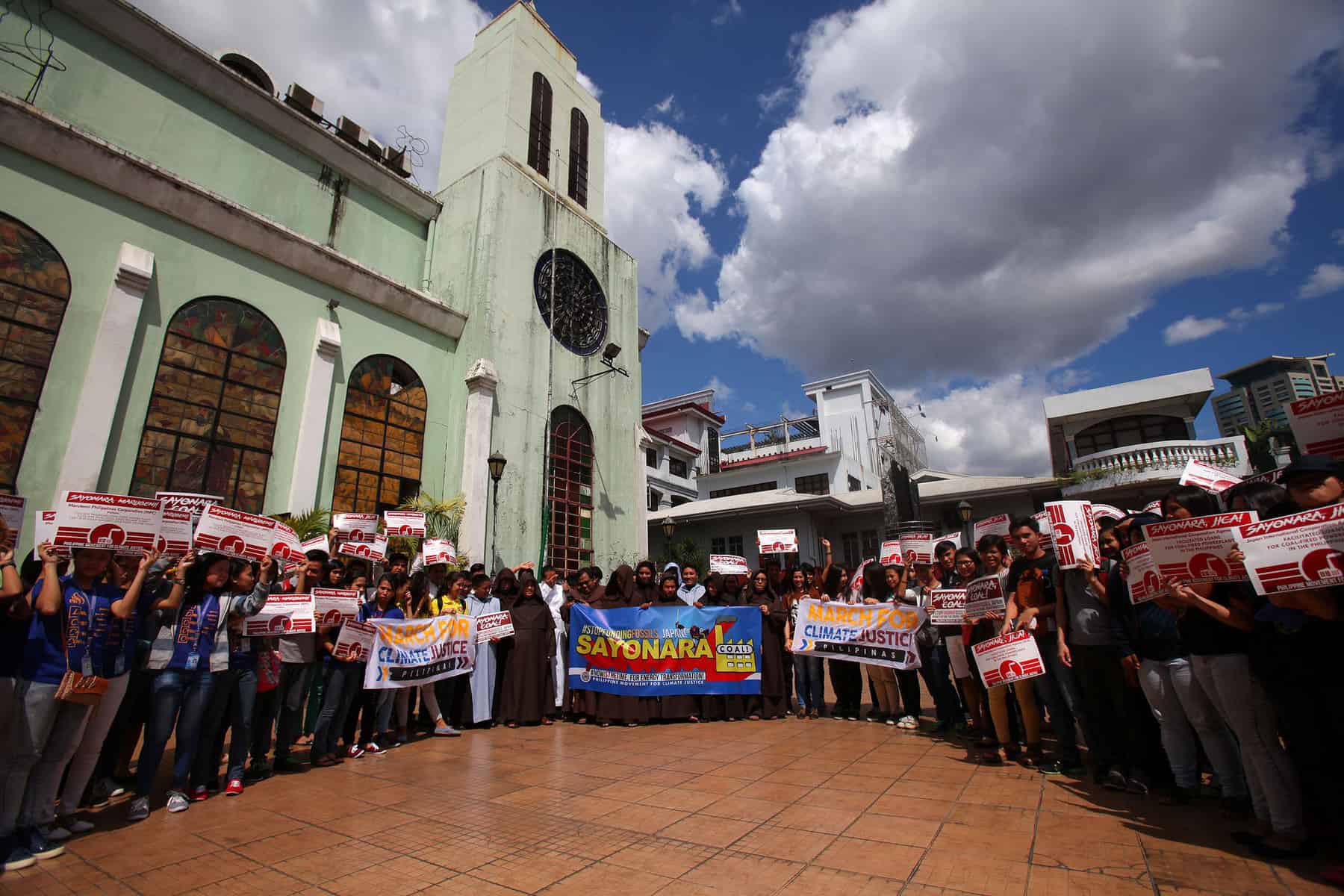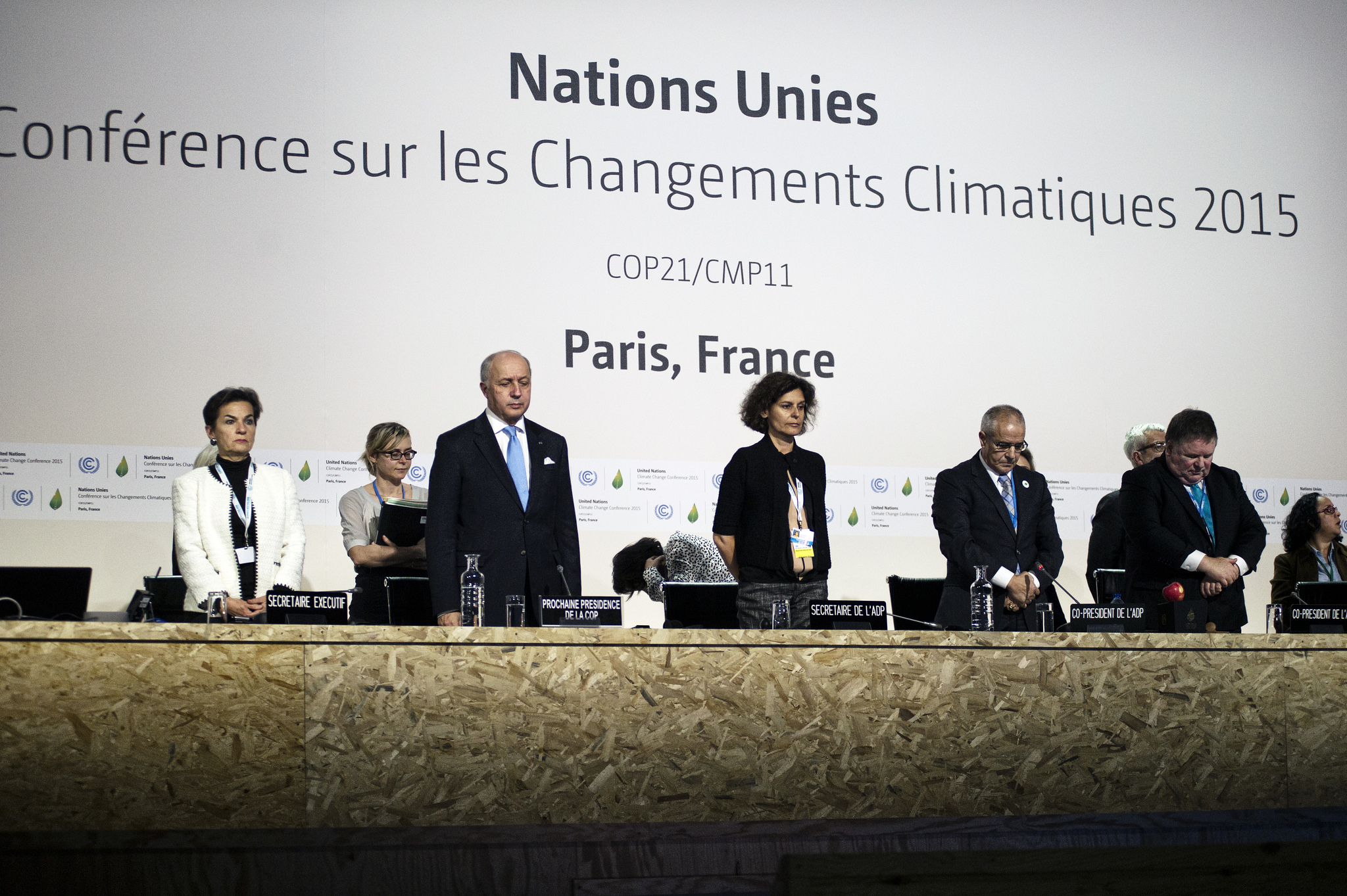By Thomas Schinko and Reinhard Mechler, IIASA Risk, Policy and Vulnerability Program
Discussions on dealing with the already palpable as well as future burdens from climate change have moved into the spotlight of international climate policy. They are being tackled as part of the climate negotiations via the Warsaw International Mechanism (WIM) for Loss and Damage associated with Climate Change Impacts (Loss and Damage Mechanism), a measure for dealing with impacts and adaptation related to extreme climate events and slow onset events that was agreed in 2013. Debate on the scope, framing and on how the mechanism will eventually be implemented is still continuing, and is heavily framed around moral issues such as compensation, liability, and a need for attributing disasters to climate change, which is a difficult and complex issue.
To help move this contentious debate forward, we recently organized a meeting at IIASA to set up a broad scientific network to support work under the Loss and Damage Mechanism with rigorous and evidence-based research.
Since the first climate negotiations, climate justice has been a major source of contention, with countries disagreeing on the level of responsibility for climate change and the extent to which developed and developing countries should contribute to the solutions. These discussions have predominantly focused on climate mitigation responses, but over the last few years, impact and risk issues have moved into the limelight.
Discussions in the run-up to the 21st Conference of the Parties to the Climate Convention (COP 21) in Paris make it clear that answering key questions revolving around climate justice and climate finance will be pivotal for the conference to deliver on any global climate change agreement.
Even though some rich countries currently appear to acknowledge the central role of a mechanism covering losses and damages within a new global climate agreement to be negotiated at COP 21 in Paris, huge reservations remain. With changing climates, extreme weather events are likely to increase in frequency as well as in intensity. The global North fears exposure to soaring claims for financial compensation by countries of the global South, which will be facing the most severe risks from climate change. In fact, even the meaning and nature of Loss and Damage is still being debated – some suggest the Loss and Damage mechanism should be part of adaptation, while others want it to focus on residual risks that remain after adaptation efforts have been taken. For example, it could finance potential climate-induced migration.
Discussion of compensation raises complex issues about liability, and would presumably require attribution of losses and damages to emitters. Indeed, climate science has been making great progress in attribution research. Recent work has shown a significant human element in mega-events such as superstorm Sandy in 2013 in the US or the Australian heatwave in 2013. Yet, as our kick-off meeting reconfirmed, linking anthropogenic greenhouse gas emissions to extreme weather events and to risks for people and property will remain extremely complex, not least as risks from climate-related events are shaped by many factors, including climate variability, rising exposure of people and assets, as well as socio-economic vulnerability dynamics. While the basic case for climate justice has been made, the concrete, enforceable case remains much harder to establish.

A protest for “climate justice” at Quezon City, Philippines on 14 November 2015. Photo: RB Ibañez via Flickr
For these good reasons and to not derail the debate by fixating on questions regarding liability, the debate has extended beyond the narrow focus on compensation – the omnipresent elephant in the room of the UNFCCC process. The meeting at IIASA, which brought together 14 researchers from 10 institutions and 8 countries, also suggested that for a productive discussion, it makes sense to focus broadly on managing various climate risks by fostering current policies and practices while keeping the climate justice debate in close consideration.
This proposal essentially suggests to build on a long history of managing climate-related (and geophysical driven) extremes by employing a broad portfolio of different disaster risk management tools, including financial instruments such as insurance or regional risk pools. As identified also by the IPCC’s 5th assessment report, building on this body of knowledge and practice for comprehensively tackling existing and increasing extremes, holds a lot of promise and has seen international support, e.g. by the Sendai Framework for Action.
The discussion at IIASA focused on these two angles – climate justice and climate risk management – and worked out the following specific foci and building blocks for an evidence-based research approach to support the operationalization of the Loss and Damage Mechanism:
- Articulation of principles and definitions of Loss and Damage, including ethical and normative issues central to the discourse (e.g. liability and responsibility).
- Definition of the Loss and Damage space vis-á-vis the adaptation space.
- Research on the politics and institutional dimensions of the debate.
- Defining the scope for dealing with sudden-onset risk versus slow-onset impacts.
In the coming months the novel network effort will tackle these issues and questions in order to provide actionable but research-based input into the Loss and Damage deliberations.
Note: The authors thank the researchers present at the kick-off event at IIASA for their input on the topic and this blog post: Florent Baarsch (Climate Analytics, Berlin), Laurens Bouwer (Deltares, Delft), Rachel James (University of Oxford), Stefan Kienberger (University of Salzburg), Ana Lopez (University of Oxford), Colin McQuistan (Practical Action, Rugby), Jaroslav Mysiak (FEEM, Venice), Ilan Noy (University of Wellington), Joeri Roegelj (IIASA), Olivia Serdeczny (Climate Analytics, Berlin), Swenja Surminski (LSE, London), Koko Warner (UNU-EHS, Bonn)
References
Bouwer LM (2013). Projections of future extreme weather losses under changes in climate and exposure. RiskAnalysis 33(5):915–930
Herring, S.C., Hoerling, M.P., Peterson, T.C., Stott P.A. (eds) (2014). Explaining extreme events of 2013 from a climate perspective. Special Supplement to the Bulletin of the American Meteorological Society 95(9)
James, R., Otto, F., Parker, H., Boyd, E., Cornforth, R. Mitchell, D. and M. Allen (2014). Characterizing loss and damage from climate change. Nature Climate Change 4: 938-39
Mechler, R. Bouwer, L., Linnerooth-Bayer, J., Hochrainer-Stigler, S., Aerts, J., Surminski, S. (2014). Managing unnatural disaster risk from climate extremes. Nature Climate Change 4: 235-237
Peterson, T.C., Hoerling, M.P., Stott, P.A., Herring, S.C. (2013). Explaining Extreme Events of 2012 from a Climate Perspective. Bull. Amer. Meteor. Soc., 94: S1–S74. doi: http://dx.doi.org/10.1175/BAMS-D-13-00085.1
Trenberth, K.E., Fasullo, J.T., Shepherd, T.G. (2015). Attribution of climate extreme events. Nature Climate Change 5: 725–730. doi:10.1038/nclimate2657
This article gives the views of the author, and not the position of the Nexus blog, nor of the International Institute for Applied Systems Analysis.


You must be logged in to post a comment.